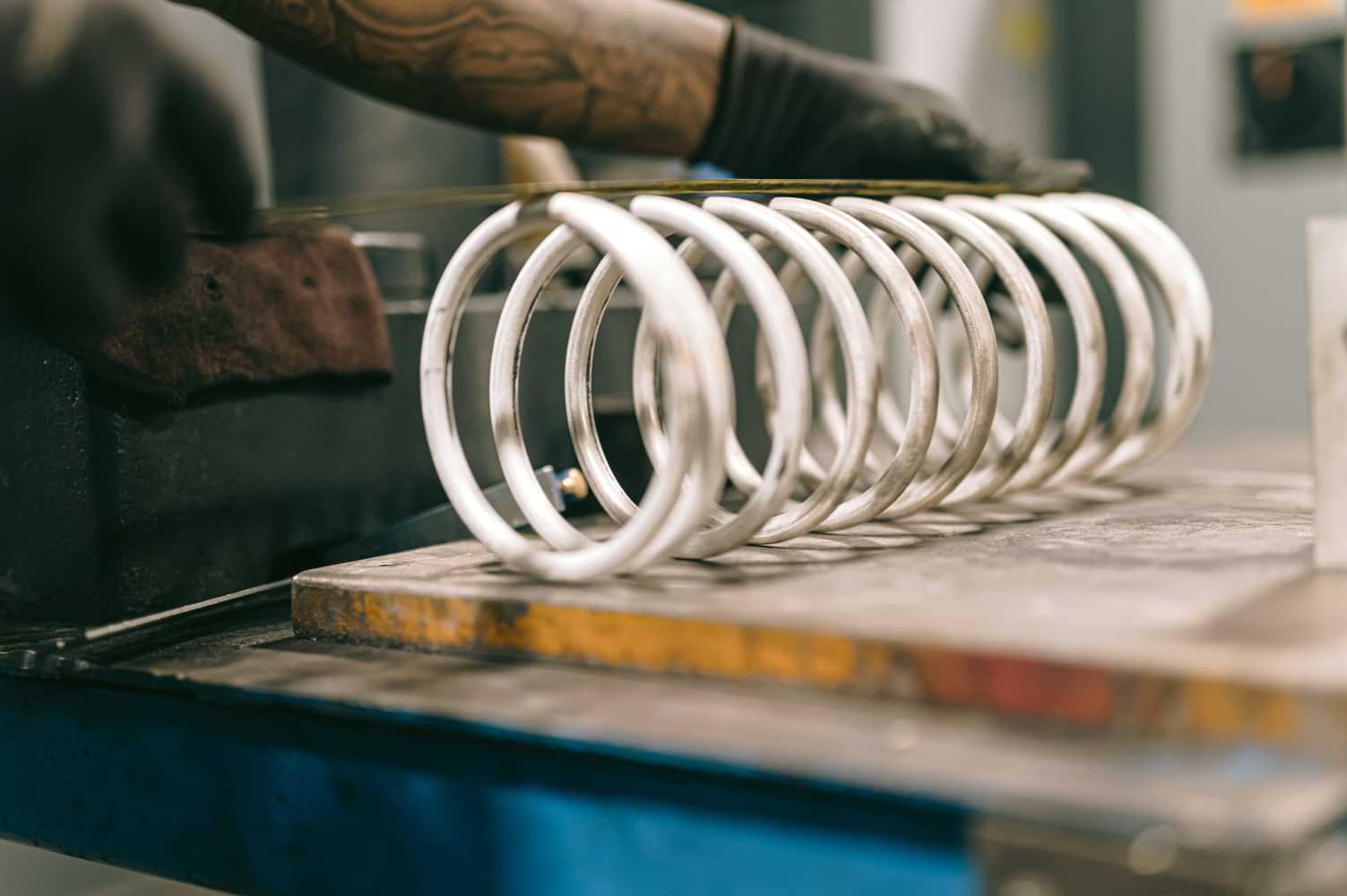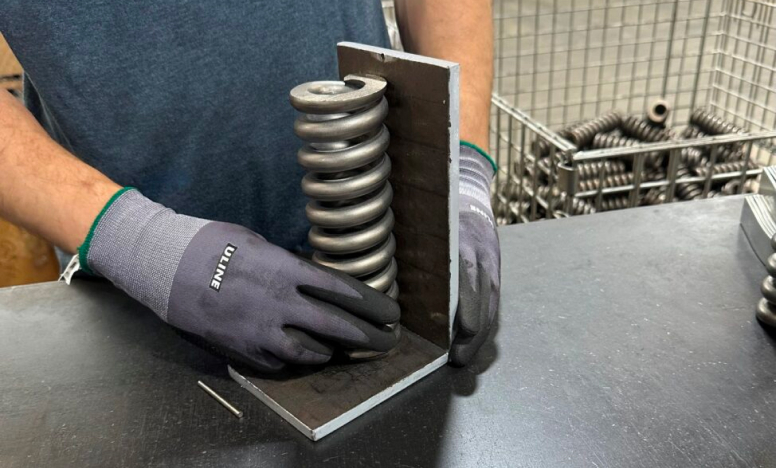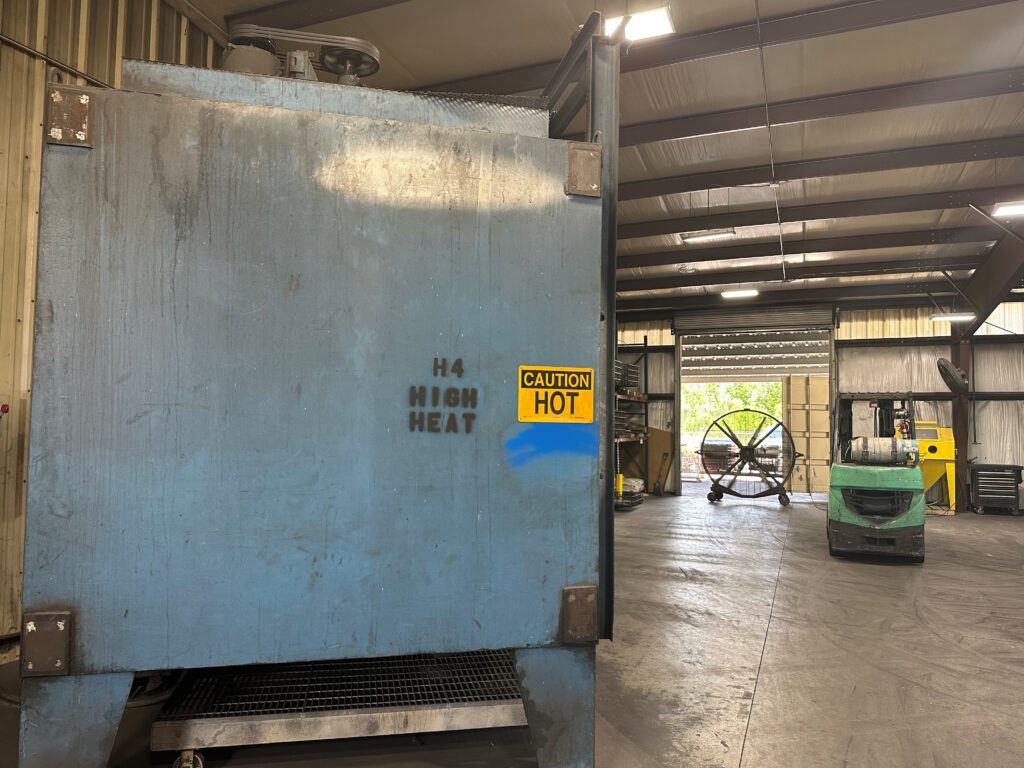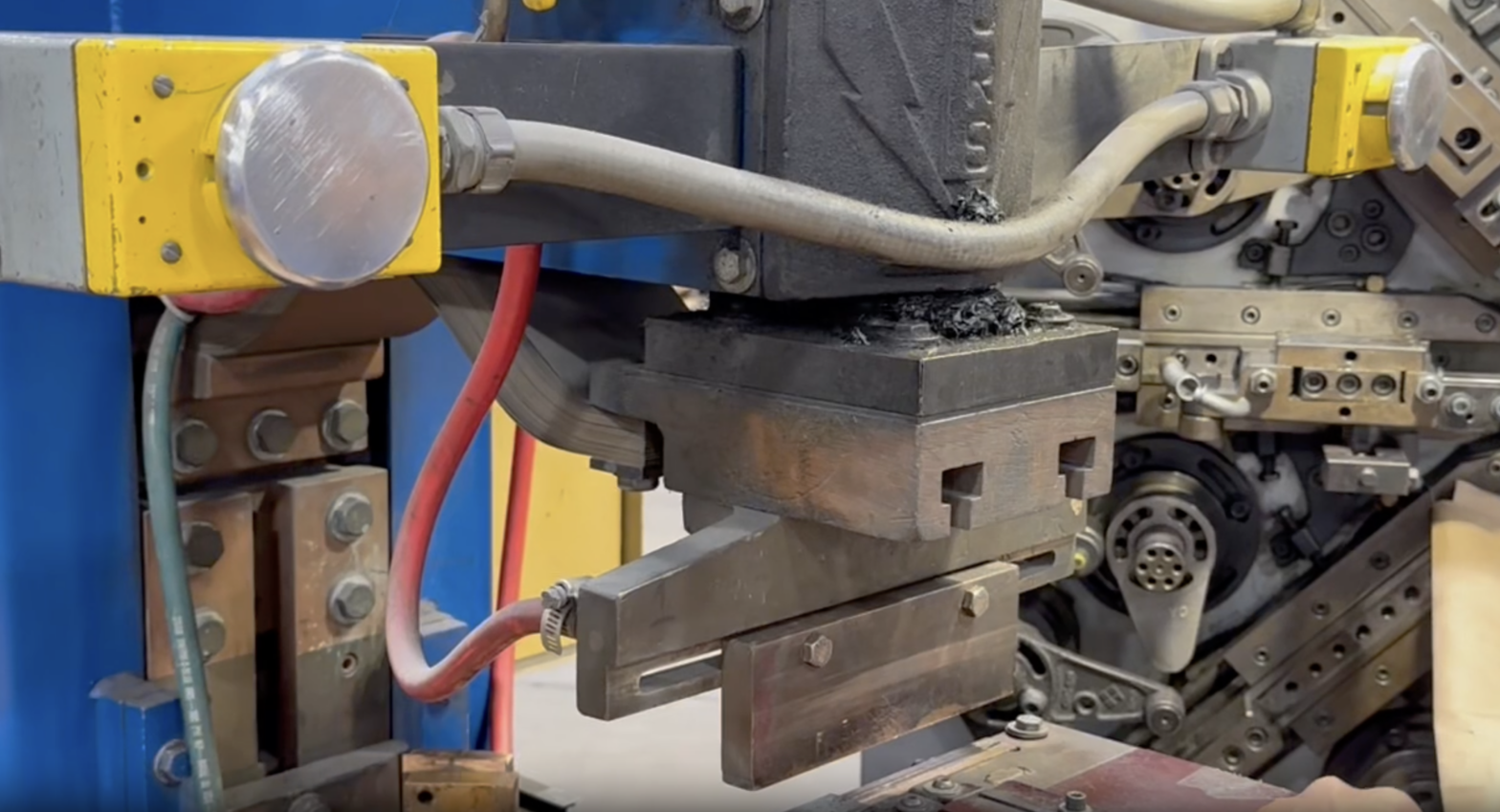Oct 20, 2011
© Copyright 2011 KATY SPRING & MFG, Inc.
Press Release: 10-20-11
Phone: 281-391-1888 Fax: 281-391-0666
All torsion springs exert torsion spring force along a circular path. Torsion springs are subject to bending stresses.
Torsion springs come in different forms such as clock springs and power springs, used in lawn mower cranks for example.
Mostly, torsion springs are helical springs made with round wire, square or rectangular wire loaded by torque or a twisting motion.
When designing torsion springs, the designer must consider the end configurations of the torsion spring, such as straight legs, loops, or multiple bends. The fewer the bends in a torsion spring, the greater the cost savings.
It's also important to call out the wind direction in a torsion spring, because the torsion spring is typically wound with the legs going inward.
The material type of a torsion spring is important only if the torsion spring will be in extreme temperature or corrosive conditions. The spring manufacturer can help in torsion spring material selection and size to achieve the desired forces.
If possible, the desired torsion spring load should be specified in inch-pounds at the loaded position. The torsion spring leg angles relative to the torsion spring ends (loaded) and the angular relation of the ends when the torsion spring is in its free position. The torsion spring travel is the degrees beyond the loaded position.
Typically, torsion springs are manufactured with closed coils. In some cases, torsion springs have pitch or space between coils when the torsion spring is deflected.
Appropriate clearance should also be maintained in reference to the torsion spring's body length. Spring manufactures can make recommendations for torsion spring body length clearance.
A torsion spring should always be loaded in the direction that decreases torsion spring outside diameter. In other words, the ends of the torsion spring are bending inwards.
Given that there is zero friction, the rate of a torsion spring is constant throughout its entire range of deflection. If too much friction causes the rate to vary, coil spacing may be necessary in the torsion spring. Torsion springs can be difficult to test because of friction and should be considered in a torsion spring design.
Torsion spring wire is stressed when it is bent. If the torsion spring wind direction increases the torsion spring diameter, the torsion spring can set unless it is properly stress relieved. Heating and/or shot peening will aid in preventing torsion spring residual stresses. The spring manufacturer can help with choosing the right stress relieve method.
Square or rectangular torsion springs are used in high stress conditions or when heavy load in required in a small space. Round wire is preferred because it's more readily available and less expensive to manufacture.
A torsion spring increases in body length by one wire size for each revolution of the torsion spring. Torsion springs typically fit over a shaft to prevent the torsion spring from buckling. The torsion spring shaft should be about 20% of the torsion spring's ID at fully loaded position.
For More information on Torsion Springs, please click here
GET A CUSTOM SPRING FORM

Leaders in
custom springs
With all of the ways to communicate (email, text, and fax), we still love phone calls! Call us at 281-391-1888 or contact us online. Follow us on Twitter or Facebook and keep up with the latest on industry news, changes in the raw material market, company news, and other valuable information that will assist you.

Katy Spring
Partners in Precision

Celebrating 25 years of precision
quality + precision for over 25 years.
For over two decades we have delivered quality products made to the specifications of our customers. Our customers’ success is at the forefront, meaning every details matters to Katy Spring.
we serve a wide range of industries & product types
Need a quote? It’s quick and easy, start here:
©2024 All rights reserved. Site by AC



